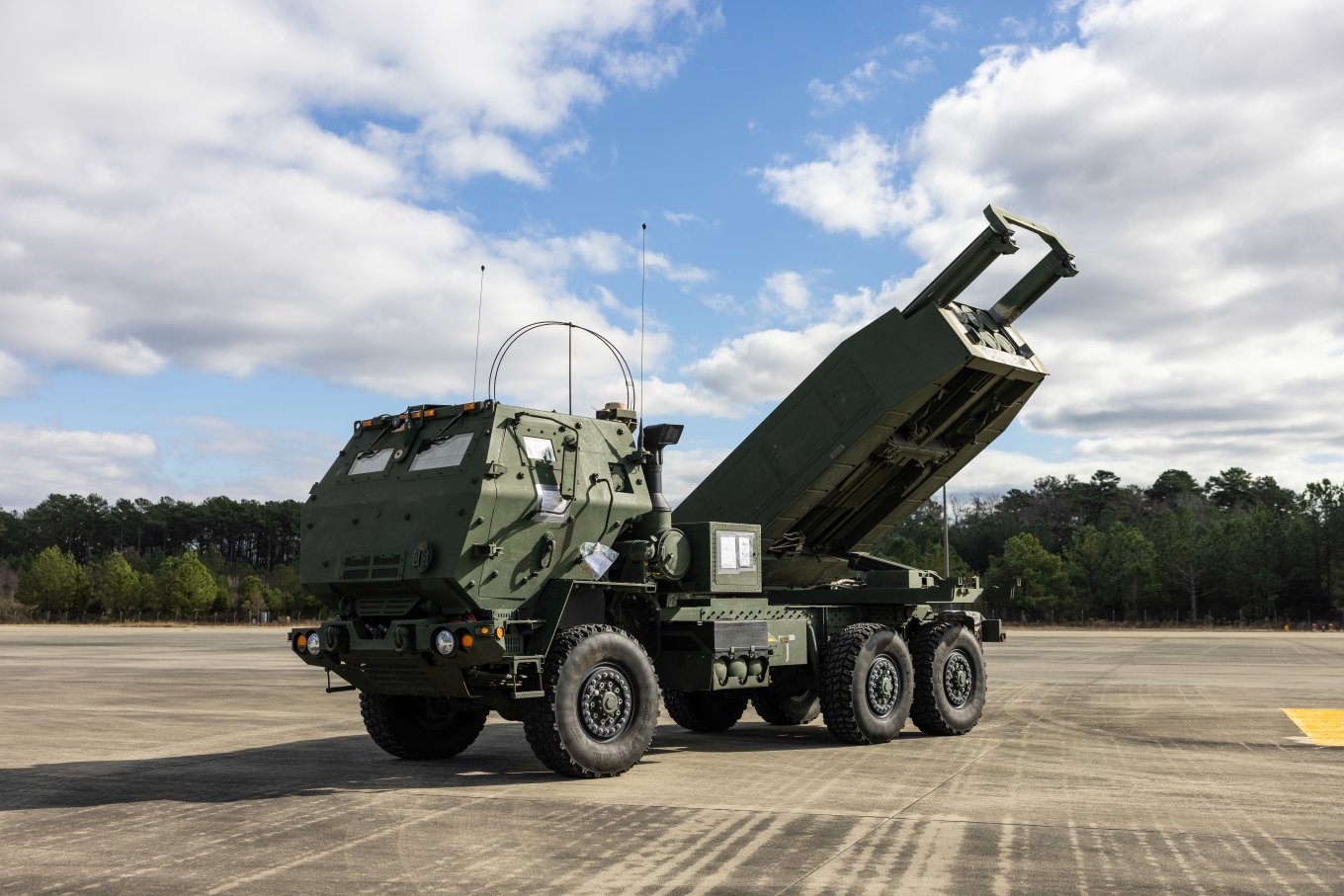Taiwan has received its first long-range missile system, the M142 HIMARS, from a total order of 29 units placed in 2020 and 2022. Therefore, fulfilling the order took approximately four years from the United States.
Taiwanese media, particularly TVBS News, reported the arrival of the first HIMARS based on their own sources, noting that the delivery occurred as early as October. Additionally, Defense Express points out that Taiwan expressed interest in HIMARS long before the Russian aggression and received approval to purchase 11 systems in 2020.
At that time, the maximum price for HIMARS, along with 64 M57 ATACMS ballistic missiles, was set at approximately $436.1 million. In 2022, against the backdrop of the successful use of this system by the Ukrainian Armed Forces, another contract was signed for 18 HIMARS, along with 84 ATACMS missiles and 864 GMLRS for $1.01 billion. The decision to procure additional HIMARS came after the cancellation of an order for 40 M109A6 self-propelled howitzers.

According to Defense Express, for Taiwan, acquiring HIMARS specifically with ballistic missiles presents the opportunity to strike at the port infrastructure of mainland China, which is about 180 km away. Simultaneously, with GMLRS, Taiwan’s defense forces will be able to target Chinese landing sites in the event of an amphibious assault.
Taiwan has already announced that the first HIMARS will be deployed by the end of 2024 in the western part of the island. Subsequently, by 2026, when the acquisition is expected to be completed, they will be stationed throughout Taiwan.
It's worth noting that for Taiwan, HIMARS is appealing because, if equipped with PrSM missiles with a range exceeding 500 km, it would enable not only significantly deeper strikes into Chinese territory but also the capability to target moving maritime assets. In particular, the U.S. Army has already practiced such capabilities during the Valiant Shield 24 exercises in the Pacific Ocean this June.